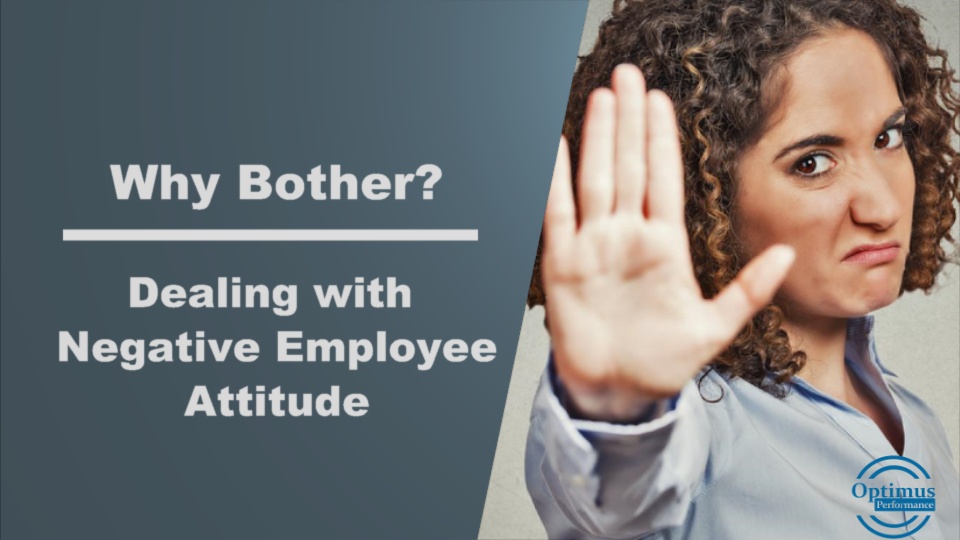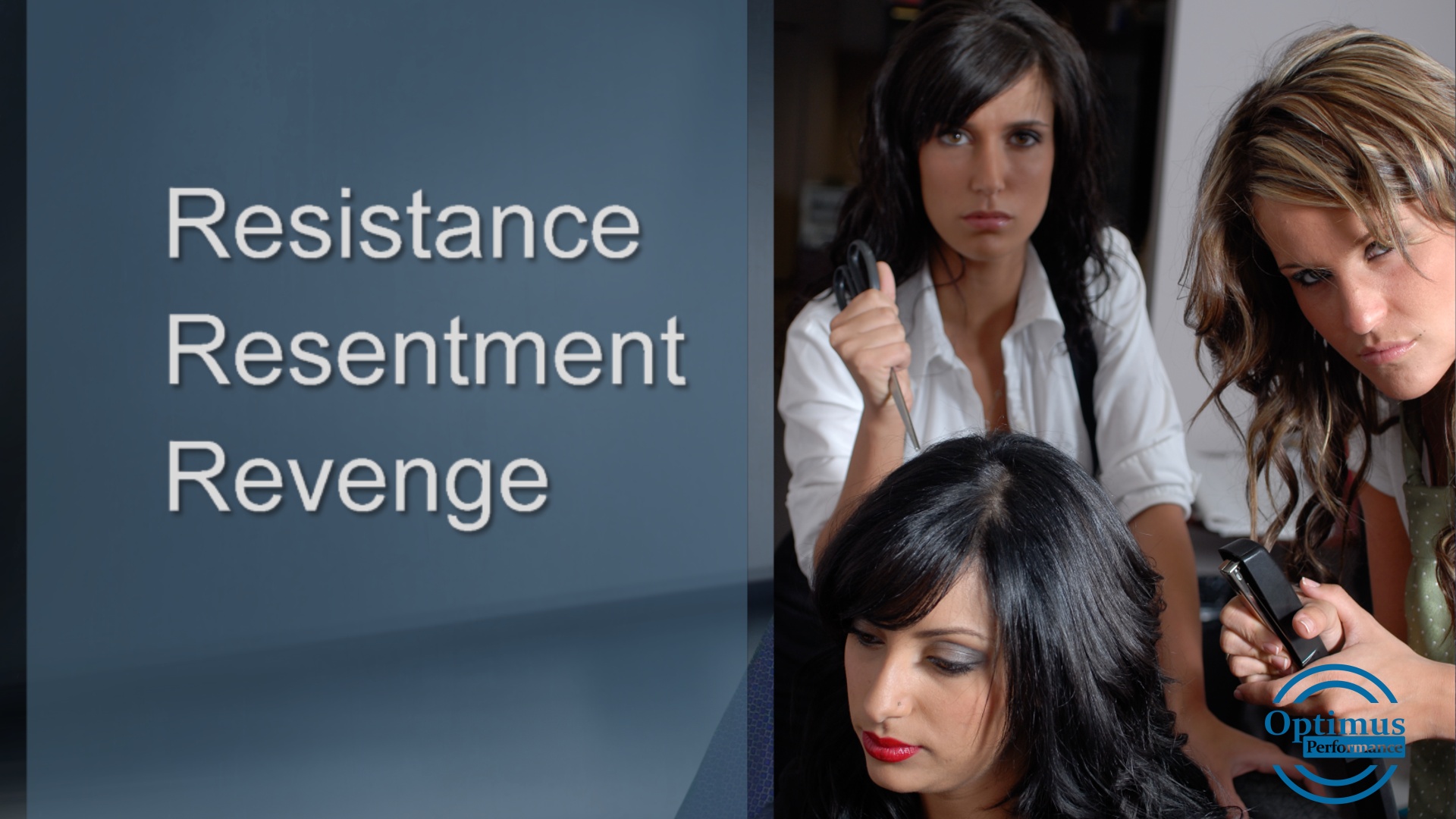UNLOCK THE SECRET TO EMPLOYEE MOTIVATION
One of the best and free methods to use to motivate employees is giving positive feedback, recognition and praise. I’ve spoken and written about this extensively in other videos and articles.
Yet even though this method of employee motivation is free, it is used infrequently by leaders and managers when compared with negative feedback. It seems easier to spot and point out the negatives than the positives.
There is one thing that I believe stands in the way of making it easy to recognize and praise employee performance. Yet again this one thing is free and accessible to us all and that one thing is APPRECIATION.
Appreciation is more than an attitude. It is a state of being. When we are feeling appreciative, it is easy to notice what is going well, both in ourselves and around us.
Appreciation emanates from within us. It is a feeling of contentment and acknowledgement of life and the gifts we’ve been given. When we can begin each day with that feeling and carry it with us, we become happier and able to recognize and praise both ourselves and others.
We can all do this. If we have developed the habit of negative expression, we can surely develop the habit of appreciation and positive expression.
The first step to appreciation is to accept and recognize that it starts from within. It does require conscious effort and focus at first to appreciate. But just like any habit, after a while of sustained daily effort it becomes routine.
You can start by writing down all you can be thankful and appreciative for in your life. Begin and end each day by looking at your list. You can also begin to practice prayer or mediation. Everyone can find their own way to get into the state of appreciation.
As you develop this new habit, recognize the qualities you see in others close to you, family, friends and employees. Start to express your appreciation verbally and see how you feel and how it makes others feel.
 Appreciation is a human trait that when used has the power of personal transformation and growth that is unparalleled.
Appreciation is a human trait that when used has the power of personal transformation and growth that is unparalleled.



